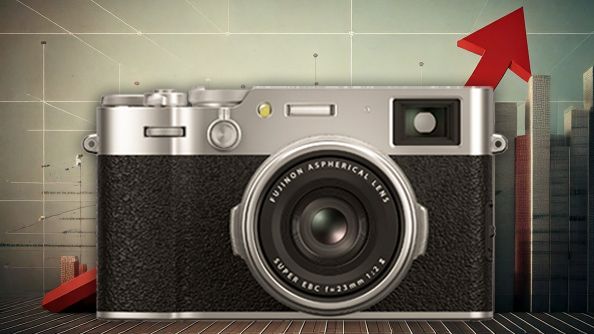Cutting edge: Intel's bioelectric wonder-chip
The diagnostic chip that could change the world, if only Intel will allow it
Blood, sweat and tears
Thanks to reliability concerns, that would be no mean feat. "In a way, it's a crazy idea, throwing electronics into an environment of bodily fluids - tears, sweat, blood, urine and semen," he says.
Then there are the regulatory barriers. The US is chip's likely biggest market. To bring it to market there requires FDA certification. That could be a serious headache. "Let's say we go to FDA tomorrow. It would take between 3-6 six years to get approval," Levy explains.
However, because of the way certification is regulated, the permissions would only apply to the complete system the chip was housed in, not the chip itself. Any change in the supporting device would require new certification.
It gets worse. "The big catch is that we are developing a platform that can simultaneously detect many biomarkers. But this system would need to be certified for each different diagnostic application."
Pricey process
Bung in years of field trials and accompanying research and you have a long, costly and risky process. Indeed, Levy is not convinced it's one that Intel has the stomach for.
Get daily insight, inspiration and deals in your inbox
Sign up for breaking news, reviews, opinion, top tech deals, and more.
"If you show the business groups the numbers," he says, "the market is just huge in terms of units. But what about the margins? How much silicon are you going to sell and at what margins?"
The disposable cartridge implementation, in other words, pretty much demands low pricing and tight margins on the chip itself. And if it is only the chip Intel is supplying, the business model suddenly looks a little less spectacular.
That said, it might just be a project like this that Intel needs to pursue. Certainly Intel's stock price has been largely unmoved by the roaring success of its core PC processor business in recent years.
If the world is tiring of the quest for the perfect PC processor, maybe a more diversified approach is what it will take to get investors back on Intel's side.
Technology and cars. Increasingly the twain shall meet. Which is handy, because Jeremy (Twitter) is addicted to both. Long-time tech journalist, former editor of iCar magazine and incumbent car guru for T3 magazine, Jeremy reckons in-car technology is about to go thermonuclear. No, not exploding cars. That would be silly. And dangerous. But rather an explosive period of unprecedented innovation. Enjoy the ride.












